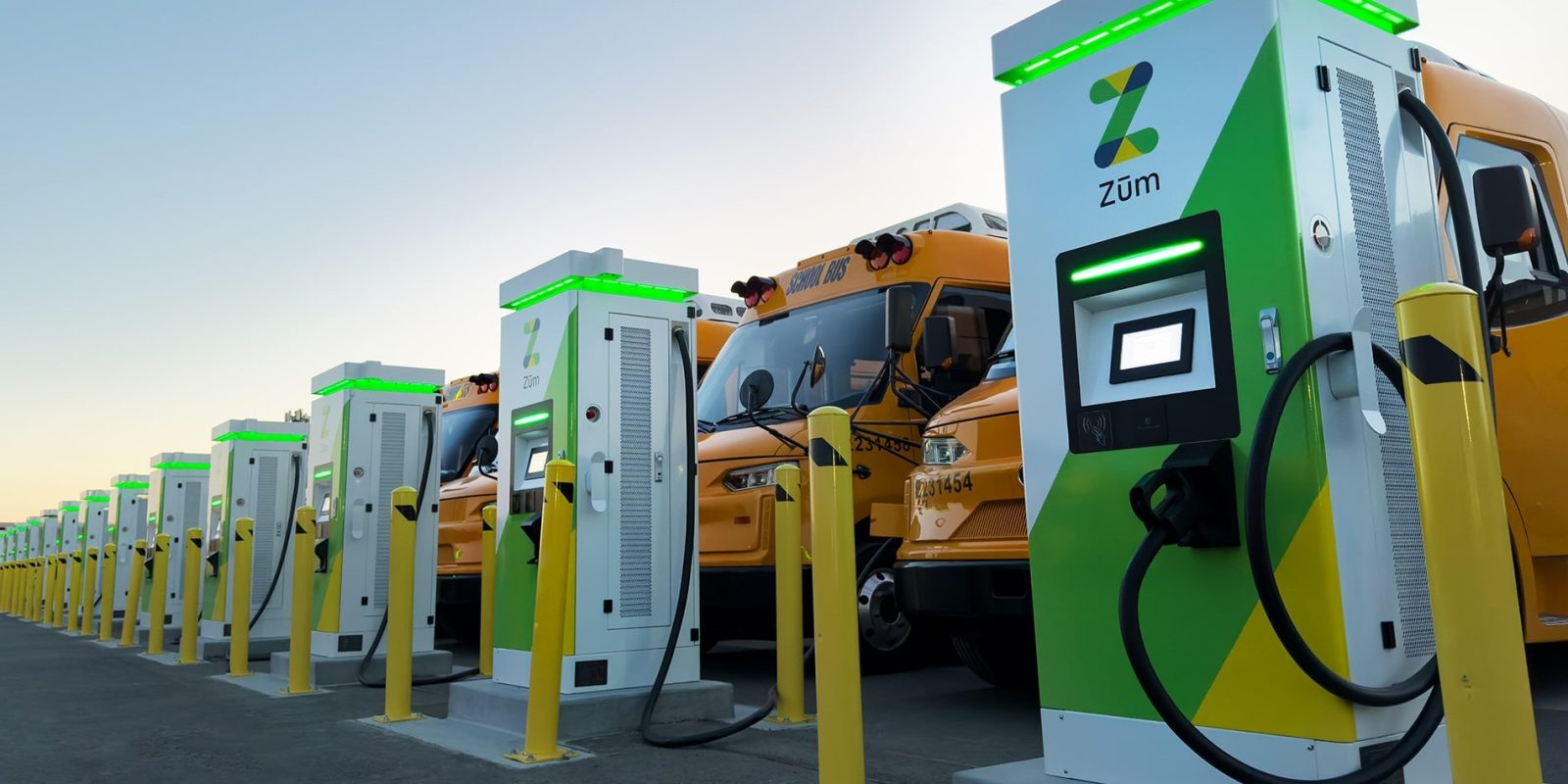
Electric school buses are driving major growth in the vehicle-to-everything (V2X) market, with capacity expected to double to 40 megawatts (MW) by 2025, according to a new report from Wood Mackenzie.
The report, titled “Power from the People: The State of the Vehicle-to-Everything (V2X) Market,” spotlights electric school buses as the key players behind this expansion. Their predictable schedules, large batteries, and plenty of downtime make them ideal for V2X applications.

Even with this promising outlook, the report points out a few roadblocks that still stand in the way of widespread V2X adoption, such as unclear utility interconnection processes and a lack of effective compensation mechanisms.
V2X technology, which lets vehicles feed power back into the grid, is currently concentrated among a small number of US companies. Some are focused exclusively on commercial or residential applications, while others cover multiple segments.
At the same time, energy companies in Europe are busy forming partnerships to explore V2X business models, with a big emphasis on interoperability and scaling up the technology. Plus, regulatory support and utility incentives for vehicle-to-grid applications are steadily gaining momentum.
“V2X technology has huge potential to boost grid flexibility and create valuable new streams of revenue, but it’s still early days,” said Elham Akhavan, a senior research analyst at Wood Mackenzie. According to Akhavan, as utilities and regulators sort out compensation and connection details, we’ll likely see adoption rates jump—especially in commercial and fleet markets.
More vehicles are now offering bidirectional charging, both in AC and DC formats, laying the groundwork for broader V2X adoption. However, Oliver McHugh, another senior analyst at Wood Mackenzie, highlights that to achieve mass-market scale, we’ll need to standardize charging protocols and bring hardware costs down significantly.
McHugh also notes there’s still debate about whether AC or DC charging will eventually dominate. “AC charging is cheaper in terms of infrastructure, but DC is leading the way in pilot projects,” McHugh explained. AC charging faces some technical challenges since the inverter is built into the vehicle itself, whereas DC charging is somewhat similar to connecting solar PV systems, although even this has its limitations.
Looking forward, many passenger EVs coming out in 2025 will include vehicle-to-load (V2L) features, which are often seen as a stepping stone to wider adoption of AC V2X technology.

If you live in an area that has frequent natural disaster events, and are interested in making your home more resilient to power outages, consider going solar and adding a battery storage system. To make sure you find a trusted, reliable solar installer near you that offers competitive pricing, check out EnergySage, a free service that makes it easy for you to go solar. They have hundreds of pre-vetted solar installers competing for your business, ensuring you get high quality solutions and save 20-30% compared to going it alone. Plus, it’s free to use and you won’t get sales calls until you select an installer and share your phone number with them.
Your personalized solar quotes are easy to compare online and you’ll get access to unbiased Energy Advisers to help you every step of the way. Get started here. –trusted affiliate link*
FTC: We use income earning auto affiliate links. More.




Comments